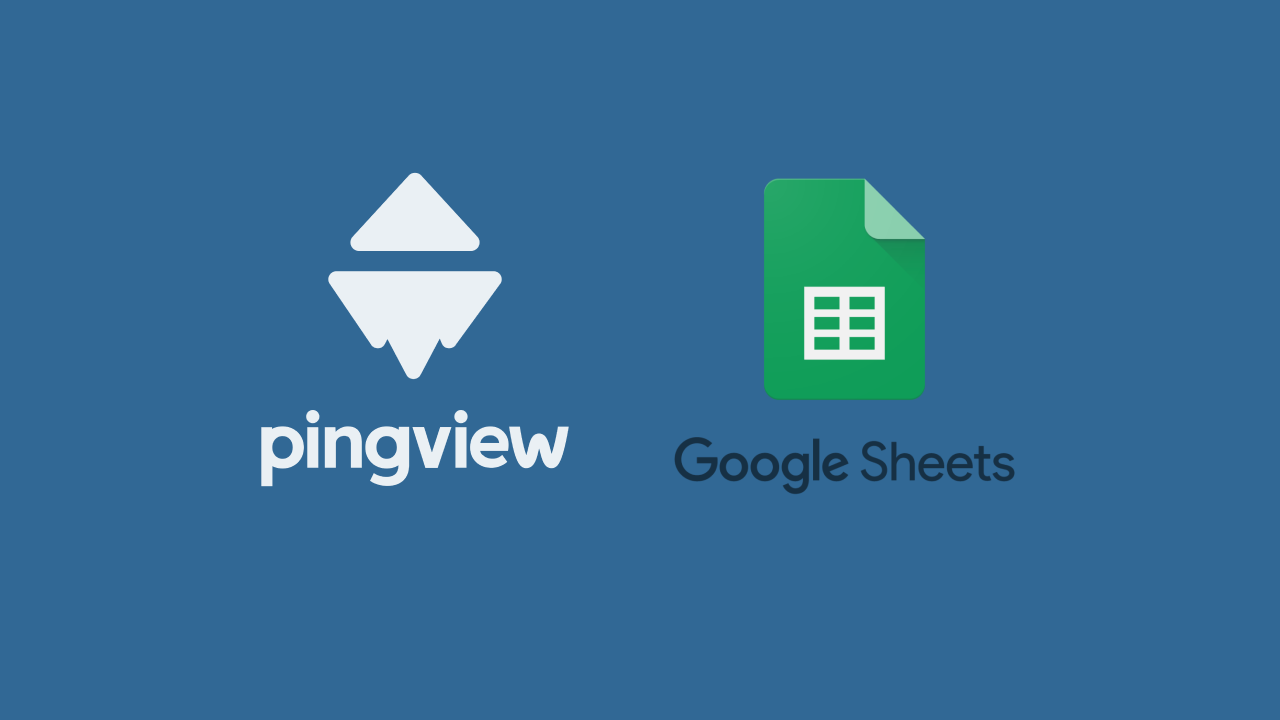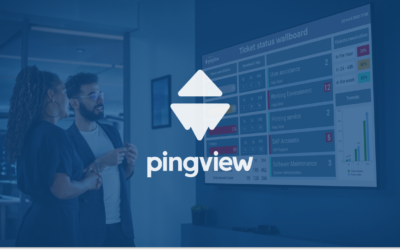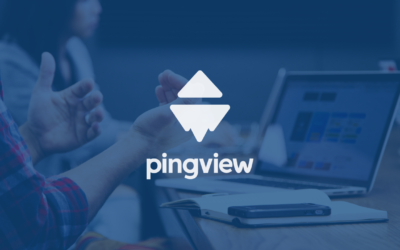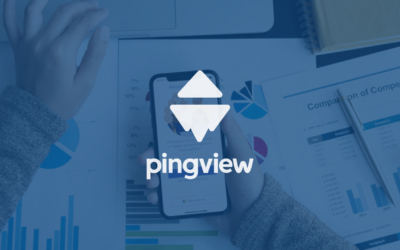We talked to you in a previous article about the connectivity of Pingview with Excel. It was therefore natural for us to now introduce you to its biggest competitor: Google Spreadsheet.
And yes, as you can imagine, Pingview can also connect to these famous GSheets.
What for ? Well to boost collaboration by offering simple digital visual management within everyone’s reach!
Unlike the Office365 suite, which is more in place in large companies, most VSEs and SMEs use the Google suite. The latter is easier to learn, less time-consuming to configure, and greatly facilitates collaboration: we can share any document in a few clicks, for people in our company or from outside.
In order not to (re)open doors, we all know that any data stored in a spreadsheet does not really make you want… and that it is even sometimes difficult to find it in all our files.
Pingview therefore gives you the possibility to connect your entire sheet once and for all to keep your data just a click away. Connecting your data is very simple!
A specific data source for Google Spreadsheet has been incorporated into Pingview.
You will need :
- Necessary access rights (it is obvious that you will not be able to connect a file to which you do not even have access)
- Your Google identifiers (to be entered only once)
- The file identifier (available in the URL once your file is opened)
- From the name of the sheet The procedure on our support.
Pingview will therefore allow you to centralize all your most important data in the same place, while sharing them with your collaborators through your team wallboard (and thus avoid file sharing sharing)
This wallboard can therefore have several uses:
- Serve as support for weekly / daily briefs (using the KPIs available)
- Involve your employees by sharing these KPIs with them for consultation, you will thus gain in transparency.
- Communicate effectively on one or more sites (messages, blog articles, company life, etc.)
Obviously, once the wallboard has been set up, all you have to do is edit the connected Google Sheet(s) in order to update the information. Besides that, Google will also allow you to retrieve all kinds of data via its various APIs. By using here a generic data source of the “Webservice or HTTP Request” type, you will be able to access data from Google Analytics, Google Calendar, etc. You will need some technical knowledge to set up these queries! Example with Google Calendar.




